Optimal Timing for Siding Service

Spring offers moderate temperatures ideal for siding installation and repairs, reducing the risk of weather-related delays.
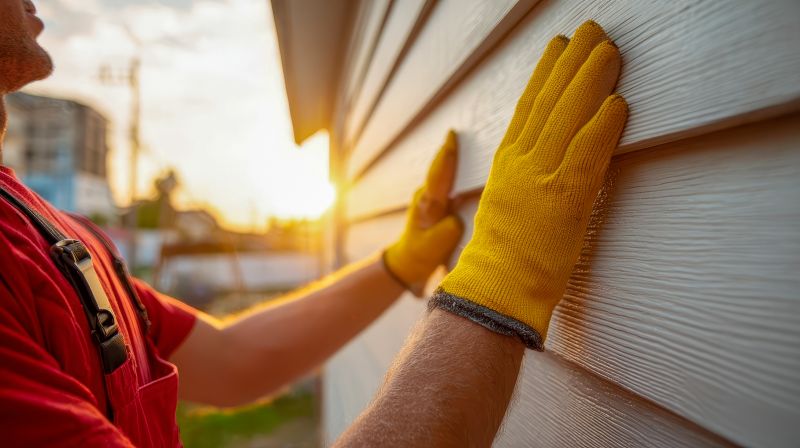
Summer's longer daylight hours and warm weather facilitate efficient siding work, especially for extensive projects.
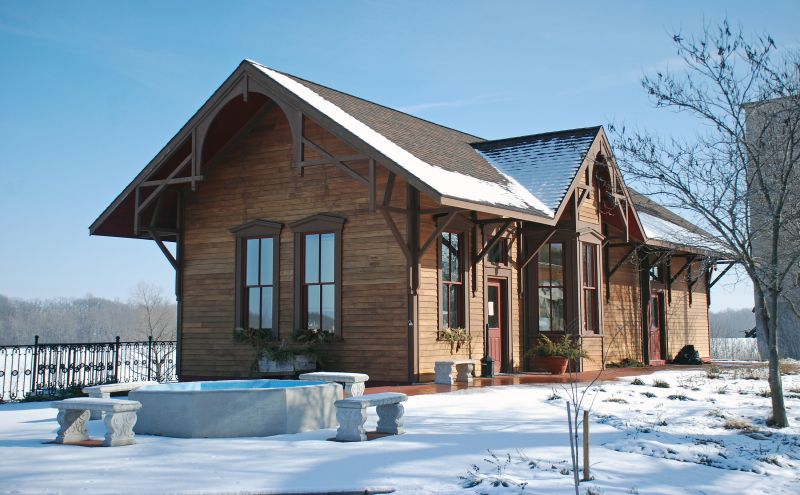
Fall is suitable for siding upgrades before winter, allowing time for curing and settling before cold weather.
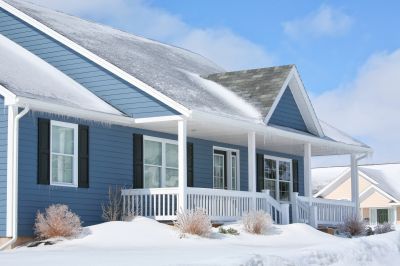
Winter can pose challenges due to cold temperatures and snow, but some siding types can be installed in mild conditions.
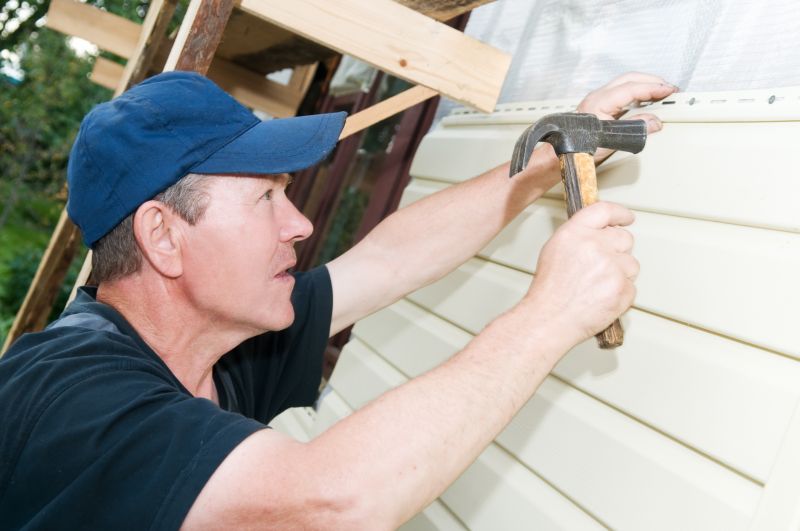
Spring and summer are generally preferred for siding services due to favorable weather conditions.
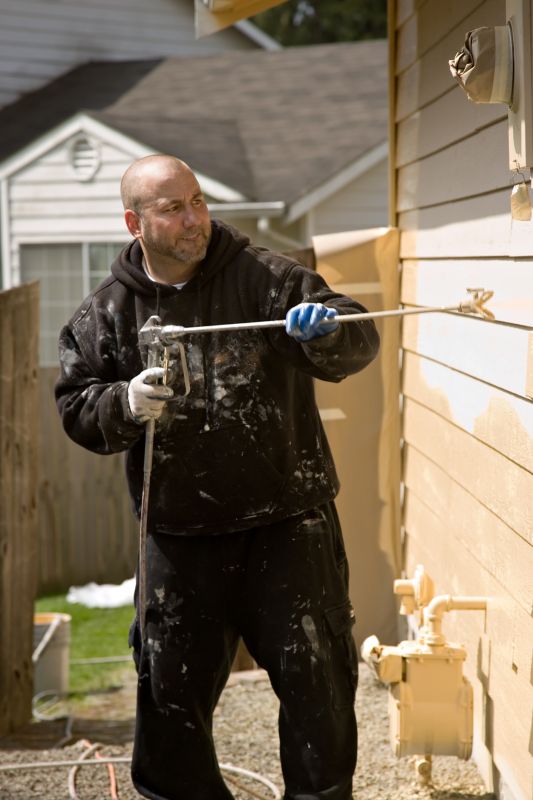
Extreme weather can delay siding projects; planning during milder months ensures quality and timely completion.
Siding service is a vital aspect of maintaining the structural integrity and aesthetic appeal of a building. Proper siding protects against weather elements, enhances energy efficiency, and increases property value. Different siding materials, such as vinyl, fiber cement, and wood, require specific installation conditions for optimal performance. Timely service ensures that siding remains durable and visually appealing over time.
Statistics indicate that homes with well-maintained siding can see a significant increase in curb appeal and resale value. Regular inspections and timely repairs can prevent minor issues from escalating into costly damages. The choice of season for siding service can impact the quality of installation, with milder weather reducing the risk of material warping or delays caused by adverse conditions.
Spring and summer are ideal for siding projects due to moderate temperatures and longer daylight hours.
Extreme cold or heat can affect siding installation quality, making mild seasons preferable.
Scheduling during off-peak times can lead to better availability and potentially lower costs.
Choosing the right season ensures siding durability and minimizes project delays.
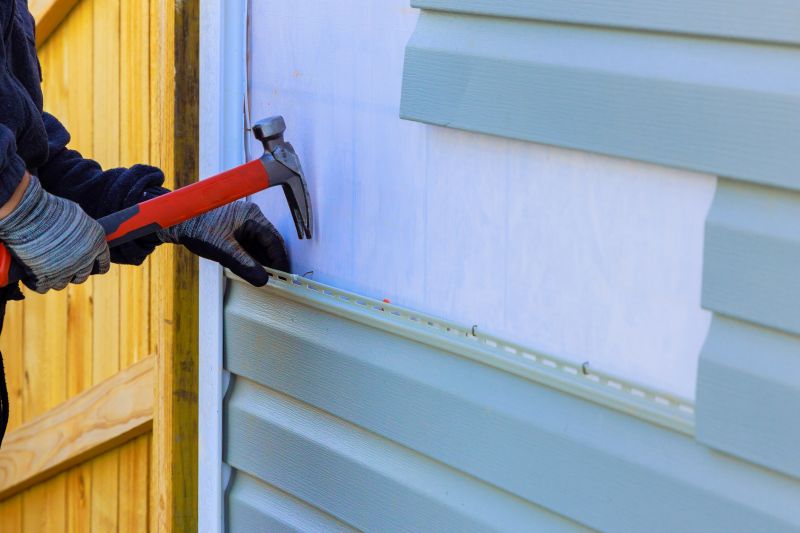
Spring's mild weather promotes efficient siding installation.
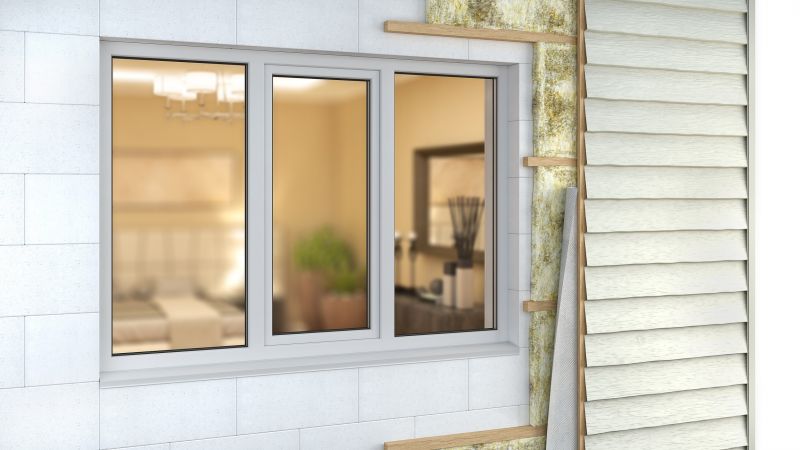
Warm temperatures and long days facilitate completed projects.
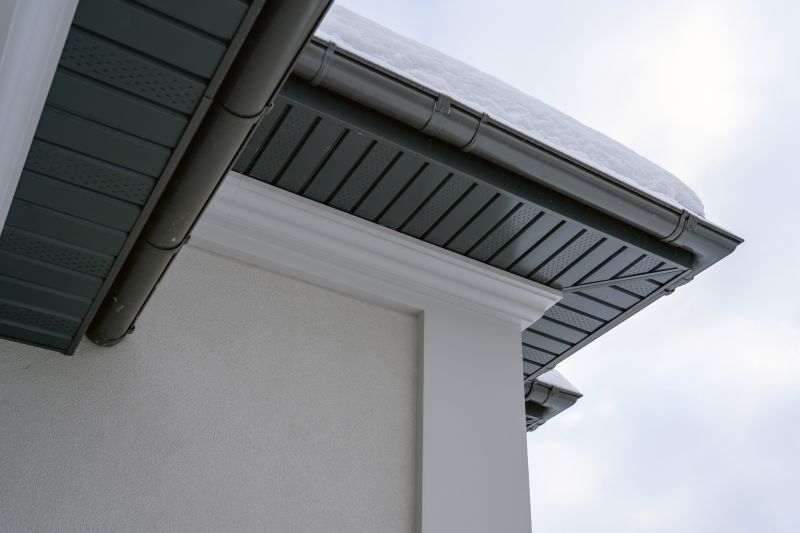
Pre-winter siding upgrades ensure protection and durability.
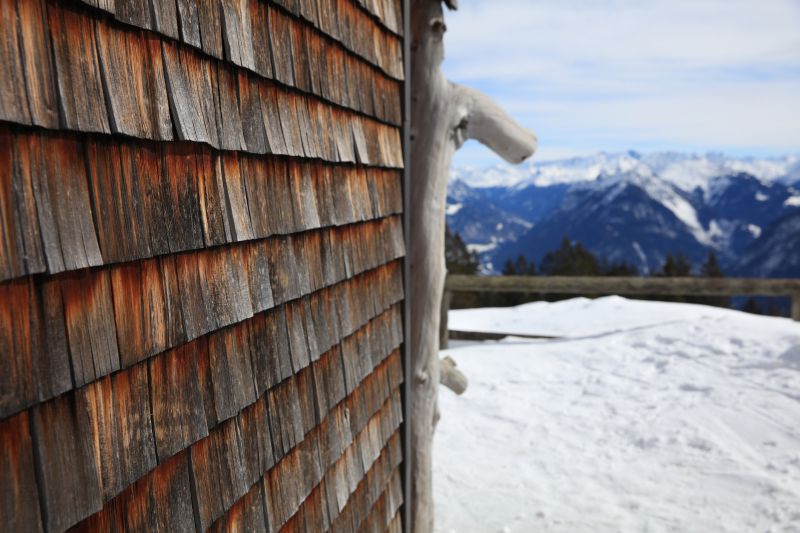
Cold and snow may limit siding work, but some materials are suitable for winter installation.

Planning during spring or summer can improve project outcomes.
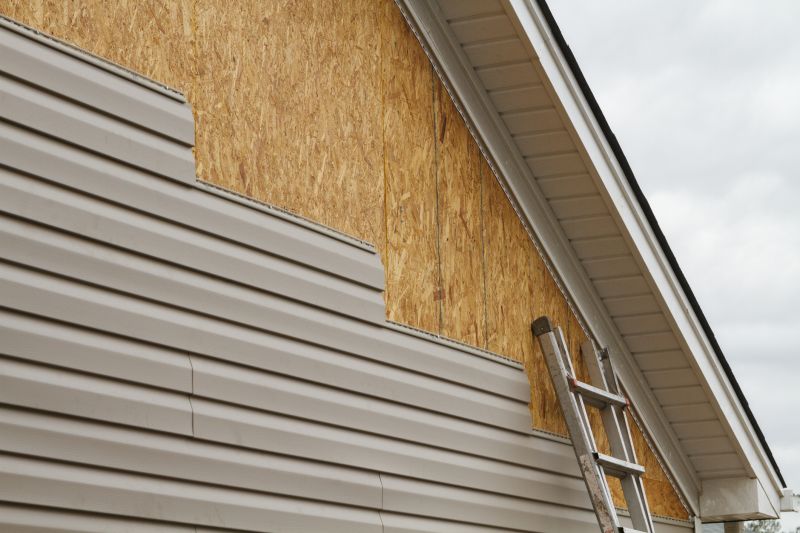
Monitoring forecast helps avoid delays caused by adverse weather.
| Season | Advantages |
|---|---|
| Spring | Moderate temperatures, longer days, ideal for installation. |
| Summer | Warm weather, extended daylight, quick project completion. |
| Fall | Pre-winter upgrades, good weather, less competition for scheduling. |
| Winter | Limited options, suitable for some materials, potential delays. |
| Off-Peak Seasons | Potential cost savings, better scheduling options. |
Choosing the appropriate time for siding service depends on local climate conditions and project scope. Proper timing ensures siding performs as intended, providing long-term protection and aesthetic appeal. Consulting with siding professionals can help identify the best season for specific needs and materials.
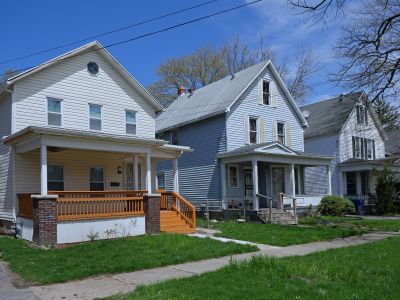
Optimal for moderate weather and efficient installation.
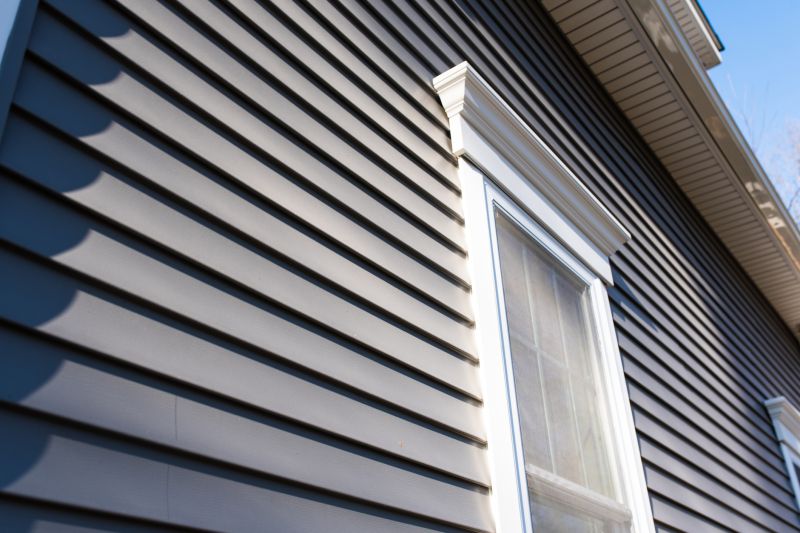
Ideal for quick completion and long daylight hours.
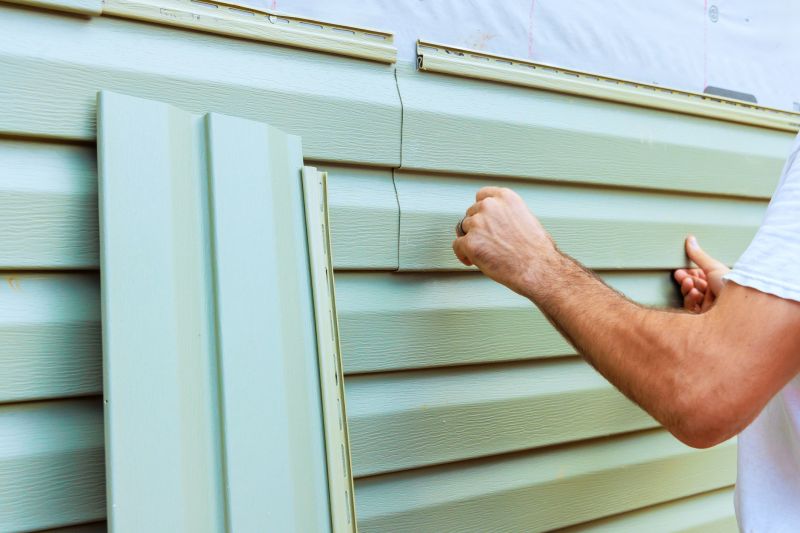
Prepares property for winter with timely repairs.
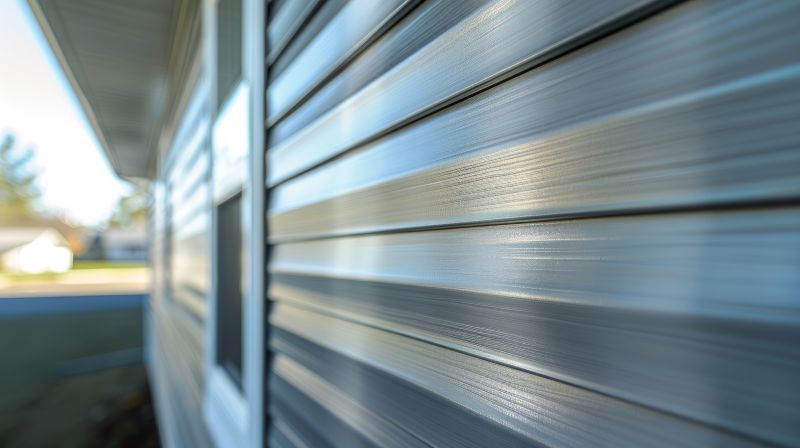
Suitable for some materials during mild winter days.
Interested in scheduling siding service? Filling out the contact form provides more information and assistance in planning the optimal time for a project. Proper timing can enhance the durability and appearance of siding, ensuring it remains a valuable part of property maintenance.



